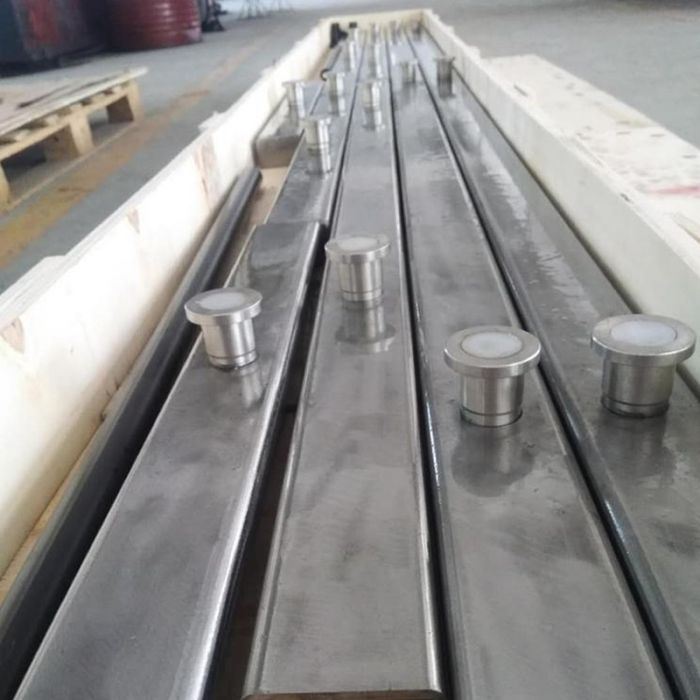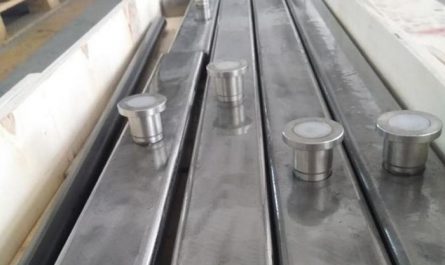1、 With the development of building engineering in the world, building industrialization has become the main development direction.
To implement the scientific concept of development and realize the sustainable development of housing construction, it is also necessary to take the road of new industrialization and industrialization through technological innovation.
In recent years, the Ministry of construction has advocated to improve the new housing construction system, that is, to improve the industrialization level of housing construction.
Therefore, prefabrication of construction projects has become its main development direction and trend.
The promotion of prefabricated concrete housing construction conforms to the national development strategy of energy conservation and emission reduction, and simultaneous realization of building energy conservation and building industrialization.
Its advantages are high quality, factory production, standard operation and stable production environment; Fast construction, free from weather, clean and safe construction site; Save building formwork, reduce garbage, dust and noise; It is suitable for office buildings, residential buildings, factories and large supermarkets.
Prefabricated concrete buildings are usually designed by dividing the buildings into several standard units and adopting industrialized methods to produce and construct prefabricated components; Therefore, in architectural design, its regularity, modularization and standardization should be considered in advance to facilitate the reuse of prefabricated component molds; However, for the appearance of the building, we can not ignore its aesthetic and personalized needs.
For the appearance changes of prefabricated concrete buildings, generally, the structural geometry, unit combination changes and finishing materials will be adopted in the design to meet the architects’ requirements for architectural aesthetics; This paper will make a general introduction to the external finishing technology commonly used in precast concrete components.
2、 Types of external finishes of prefabricated concrete members: the prefabricated members, especially the external wall plate, have basic requirements for the finishes, which must meet the performance of waterproof, anti fouling, durability and beauty.
Ceramic tiles or natural stones are often used to match the prefabricated concrete members in the selection of finishing materials; However, through the development of production technology, such as the water washed stone surface technology and the rubber mold turning technology, the architectural appearance can have more choices.
2-1 porcelain face tiles: pre paste the selected tiles in the component mold, and reverse strike to form one time, as shown in Fig.
1.
Fig.
1.
Ceramic tile facing prefabricated external wall plate 2-2 natural stone: pre paste the selected stone into the component mold, and reverse strike it to form in one time, as shown in Fig.
2.
Fig.
2.
Stone facing prefabricated external wall plate 2-3 water wash exposed stone facing: using surface retarding technology, the cement on the concrete surface that has not set is washed away with high-pressure water, showing the method of exposing the aggregate, as shown in Fig.
3.
Fig.
3.
Water washed exposed stone finish 2-4 terrazzo finish: a process of pouring concrete with selected aggregate on the surface of the mold, polishing the concrete surface with water grinding equipment after the component is removed, and presenting the profile of bone material, as shown in Fig.
4.
Fig.
4.
(1) colored waste glass is used as coarse aggregate, (2) colored pebble is used as coarse aggregate for 2-5 fair faced concrete finish: also known as decorative concrete, it is the direct display effect of the natural color of the concrete and the surface of the mold.
The concrete is cast in one time, presenting a natural and simple texture.
The commonly used molds are wood mold, steel mold and rubber mold.
(1) Steel formwork finish: pour the concrete directly on the precision processed steel formwork, control various factors that may affect the color difference of the concrete surface in the process, and take off the film for molding at one time, as shown in Fig.
5.
Fig.
5.
Finishing of rubber molding die for prefabricated exterior wall components (2) with clear water mold: take some natural materials or artificial patterns as the male mold, and use rubber materials to turn the female mold, as shown in Fig.
6.
Fig.
6.
Rubber molding mold finish 2-6 color cement: add color materials or use color cement in concrete to make the surface of concrete components appear color, as shown in Fig.
7.
Figure 7.
Color external wall hanging plate 2-7 others: today’s technology is advanced, and many new building materials have appeared, such as artificial stone, crystallized glass plate, etc., which have been used; In addition, it is also an option to add a coating finish, stone paint, etc.
to the plain concrete, or a combination of the above, as shown in Fig.
8.
Fig.
8.
Sample situation in the laboratory of building materials group in Finland III.
The common process for making the external surface of prefabricated concrete components the characteristics of prefabricated concrete components with surface decoration materials are that the surface decoration materials are pre embedded in the mold and poured with the concrete for one time; Depending on the exterior decoration materials, there will be different production methods; The following are the most common production procedures of porcelain face tiles and stone materials as follows: 3-1 prefabricated components of porcelain face tiles are used as prefabricated components of porcelain face tiles.
Different methods will be selected according to the size, cross-sectional shape, surface characteristics and quality difference characteristics of the brick surface.
The brief description is as follows: 3-1-1 manual pre pasting adhesive film construction method this construction method is not applicable to tiles with too large size, thick thickness and uneven surface; The method is to make a plate mold according to the requirements of the drawing, and form a rectangular standard unit.
After the bricks are arranged into the mold by manual brick arrangement, the foamed PE strip is filled in the joint of the bricks, and then the single-sided adhesive film is pasted to form, as shown in Fig.
9.
Fig.
9.
(1) ceramic tile plate mold, (2) adhesive film, (3) compaction, (4) reverse forming 3-1-2pe adhesive film vacuum forming method this method is similar to the previous method, but it has a high degree of industrialization, thick adhesive film and good adhesion effect.
Therefore, the size of standard adhesive film unit can be enlarged, and it can also be applied to slightly larger ceramic tiles.
In practice, a standard steel plate mold shall be made first.
After being discharged into the ceramic tile, the glued PE film shall be pasted on the ceramic tile plate mold by machine and equipment.
After high-temperature heating and vacuuming, the PE adhesive film, ceramic tile and brick seam shall be integrally formed, as shown in Fig.
10; After the PE adhesive film ceramic tiles are put into the factory, the workers shall make a brick layout plan according to the deepening drawing, and cut the amount of ceramic tiles to be used for a PC component, as shown in FIG.
11..


